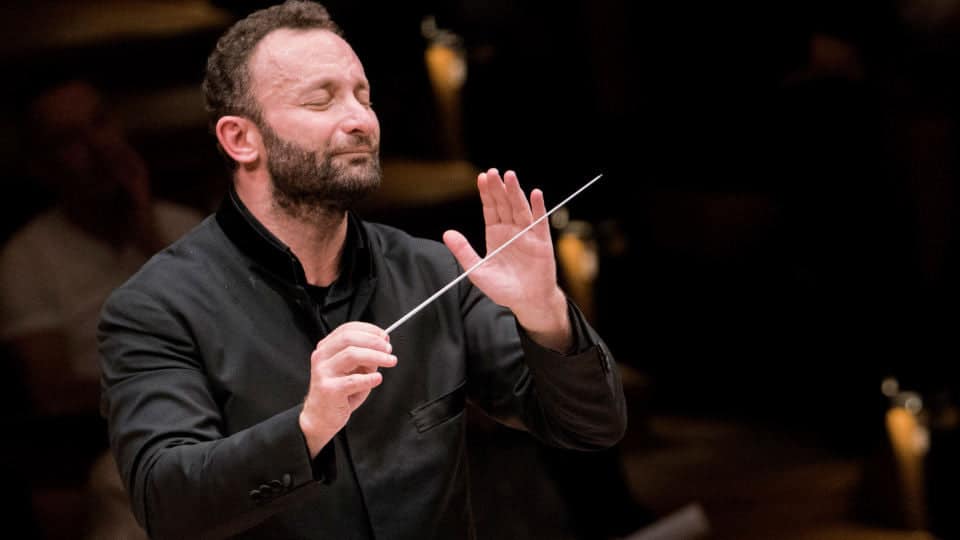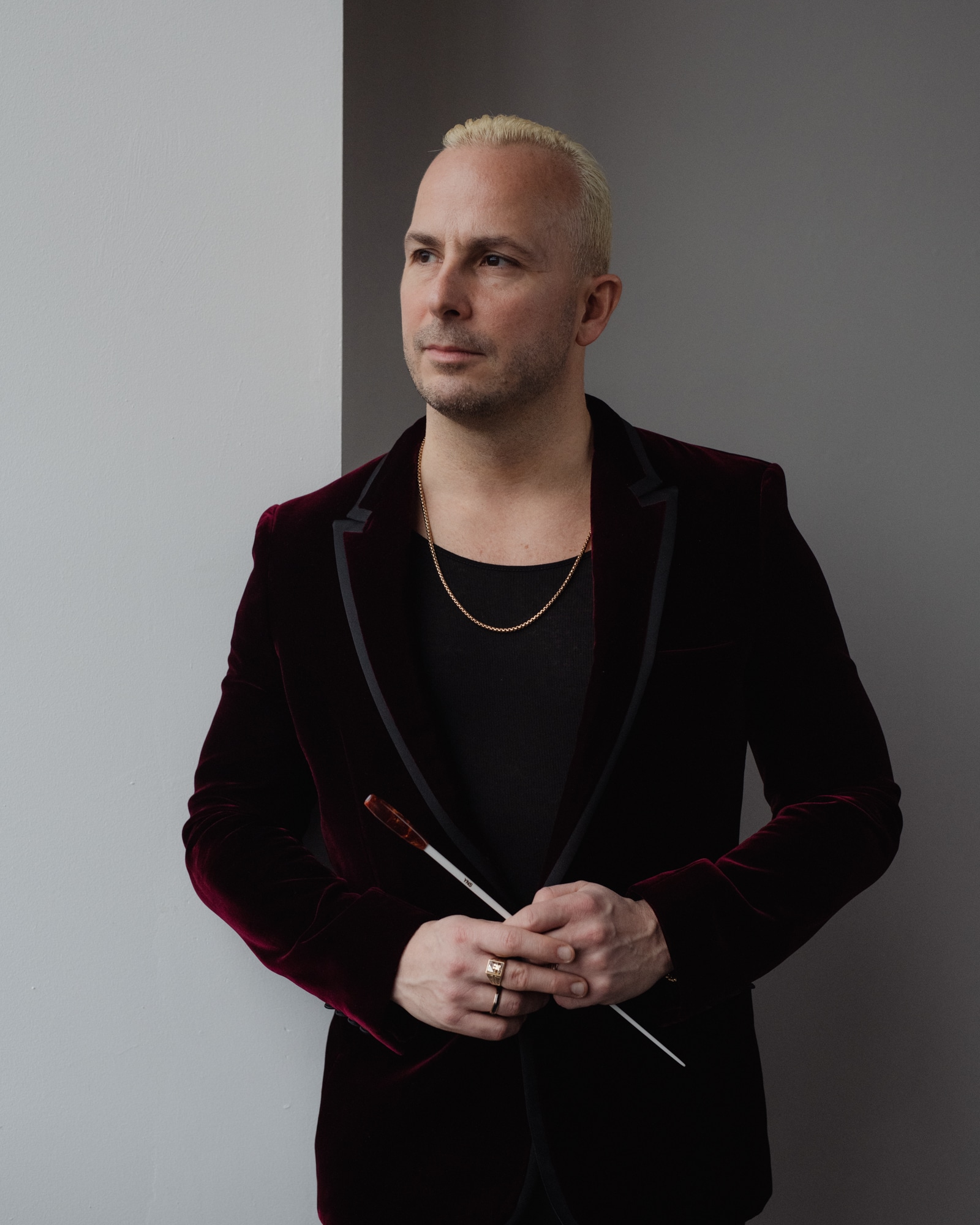Is the Met trying to rig the election with Donald J. livecast?
mainThe irresistible groper is coming tonight to a movie house near you.


The irresistible groper is coming tonight to a movie house near you.

The tenor Ian Bostridge shocked Symphony Hall Birmingham…

The orchestra’s president Gary Ginstling has engaged Katya…

The Berlin Philharmonic chief conductor Kirill Petrenko has…

He is already music director of the Metropolitan…

Session expired
Please log in again. The login page will open in a new tab. After logging in you can close it and return to this page.
Why are you encouraging this whack job?
I was simply noting the synchronicity and making an observation. Don Giovanni is, after all, standard repertoire, and as such belongs to the group of operas that the Met would want to show through its movie theater project. I was just having a bit of fun with the names (and I’m sure you were too).
We’ve already had Don Giovanni in the pictures from the Met about three weeks ago! In any case, it doesn’t take that long to vote – not all day and all night surely, even if there isn’t much of a choice!!
Thanks Elaine – very funny!! I’m waiting for the real Trump and Clinton opera to be composed! 🙂
In 1998, coincidentally at the same time as the Clinton impeachment, the “Don Guglielmo” was imaginable. Starting at least with Peter Sellars’ pointed staging of “Don Giovanni” as a gangland parable, with the Don accurately described as a serial rapist, the Mozart opera isn’t viewed any longer as mere entertainment but rather as a pointed message about how power corrupts not only the holder but also those who enable and are complicit in the rapist’s predatory evil.
In “Don Guglielmo,” the title character is above the law, not as an aristocrat but as a president used to getting anything he wants; he’s enabled by his put-upon sidekick, Hilario, and together they proudly advance their campaign of rape, murder, and utmost pride in their corruption of humanity. For example, Hilario’s catalogue aria is not to one of the victims but, like Iago’s Credo, explains how Hilario’s appearance of being put upon, actually works to Don Guigliemo, because Hilario can use a reputation of being upstanding to impugn the character of the women Don Guigliemo attacks and subjugates to his thirst for power over people. Hilario concludes by saying even though fifteen women are seeking vengeance against Don Guigliemo, there are probably many, many more, and Hilario sees plenty of work in attacking those women and protecting Don Guigliemo.
At the most recent Metropolitan Opera televised performance of “Don Giovanni,” the great baritone Simon Keenlyside remained in character even during the post-Act I interview. Like the Don would have, he claimed that his drinking song praising “Liberte” was actually the Don’s adherence to the ideal of the French Revolution. In the same interview, Keenlyside also celebrated the 150th anniversary of the founding of the Oxford Zoology Department, claiming that evolution made the Don what he is and thus he couldn’t be held accountable for his actions.
Mozart and Da Ponte certainly didn’t intend the drinking song to be anything other than a comment on the Don’s praise of his own licentiousness, hypocritically pretending to the peasants he was entertaining at his palace as part of a plot to rape the new bride of one of the peasant men. And there’s nothing to suggest they thought of the Don as simply exercising his manliness and animal nature. If that were the case, he would not have been consigned to hell at the end of the opera, and there wouldn’t have been an ensemble singing of what happens to dissolute men, no matter how much power they have.
In “Don Guglielmo,” similarly, the Don enters the stage having assaulted the daughter of the Chief Justice of the U.S. Supreme Court, Donna Juanita, who managed to fight him off. The Don kills the Chief Justice and later is pursued by Donna Paula, who’s brought a lawsuit against the Don for her own rape and abandonment by the Don. The Don picks up a worker at his palace, a naïve girl named Monica and tries to seduce, and then rape, this new target. Hilario is there, protecting the Don, doing the Don’s every command, even when brutalized and threatened by the Don, and is pushed by the Don into inviting the tomb statue of the dead Chief Justice to dinner at the presidential palace. Don Guglielmo wants to show the statue that he’s not afraid of anything. In the final scene, surrounded by the senators debating the Don’s long history of guilt, the statue of the Chief Justice consigns the Don to imprisonment and condemns Hilario also to prison as a knowing accomplice to the Don’s crimes and obstruction of justice in attempting to cover up the truth about the two.
A sequel could be called “Exterminating Angel,” where a group of the Don’s and Hilario’s enablers come together on the anniversary of the Don’s imprisonment but can’t seem to leave the venue and can’t seem to express any remorse for their enabling the Don’s behavior, while a psychiatrist vainly attempts to get them to understand that recognition of what they are — enablers — is essential to leaving the group.